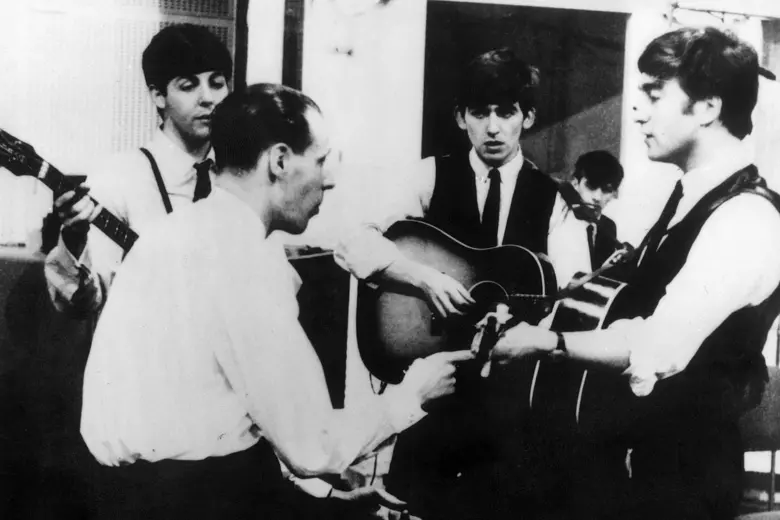Good timing is something that is often overlooked by musicians, particularly guitarists. It’s something that will separate a good guitarist from an average or even bad one. That’s why it is so important to develop a good sense of it. How do you go about doing this you may ask? Well, here are some tips and practice techniques you can use in order to improve your timing and impress your band or those you jam with.
Good Timing Tips Part 1
- Practice with a metronome – These days there is no excuse not to own a metronome. This is because they are often free applications that you can download and use on your computer or your smartphone. In fact, even software applications such as Guitar Rig and Garageband have in-built metronomes. It’s also important to know how to practice with a metronome once you have it. So here are a few ways to use it.
- Tap your foot – When playing with a metronome or even without one, it may be advisable to tap your foot along to what you are playing. This creates and internalizes the time just like you would when listening to music or even dancing.
- Count yourself or others in – If you are recording yourself via computer software, it will most probably give you a default setting of a metronome counting you in for a bar before you record. So why not count yourself in before you play? It’s only a natural musical exercise, especially for a band where the drummer might count ‘1, 2 ,3, 4!’ Believe me, it’s not just to sound like a pro musician. It’s also to ensure that you and whomever you’re playing with start in time with each other.
- Keep equal measures or bars – Remember that a measure is the same thing as a bar and it represents the smallest section of a song. If the time signature in the beginning of any piece of music says it’s 4/4 timing, for example, make sure that you play each bar over four clicks of the metronome. This should help you to get an accurate representation when you are practicing.
Good Timing Tips Part 2
- Count beats & syncopated rhythms – If you are finding a particular piece of music to be challenging to play or even sight read, it can often be advisable to write above the stave exactly what the rhythm is e.g. ‘1+2+3+4+’. This may help you visualize exactly what you are trying to play.
- Set a metronome tempo that is comfortable for you – It’s important that you don’t set your metronome too fast for what you can handle. This means if you are attempting to play a steaming fast Steve Vai lick and can’t even think that fast, never mind play that fast, slow the metronome down to moderately slow and bring it up every 10 or so beats once you find you are getting the hang of it.
- Work on both lead and rhythm playing – Remember that most good lead players are also good rhythm players and vice versa. So when using a metronome, work both on these areas, such as melodic phrasing and strumming.
- Different styles require different rhythmic approaches – This is for those trying that have an eclectic taste and are trying to grasp and play different styles. Remember that a smooth bossa nova has different rhythmic values to a fast bebop style. It’s important to approach practicing certain styles in contrasting ways. For example, for a swing feel you may want to set your metronome to accent on 2 and 4. Listen to the greats of whatever style you may be learning. How does one style’s rhythm differ from another? Then try and start applying what you hear to your phrasing and rhythm.
- Record yourself – Last but not least, remember that in order to hear a good representation of your playing, record yourself along with a metronome. This is because ‘the tape doesn’t lie’ and whatever you hear back will be an accurate representation of how you are playing.
I hope this helps you realize the importance of timing and how to apply great timing to your own playing. Now give these tips a try and go and practice.
Bibliography & Extra Reading
Serb, T. (2014) Keeping Time [Online] Available at: http://www.guitarnoise.com/lessons/keeping-time/ (accessed 14 May 2014)
Sticklen, T. (2013) Keeping In Time [Online] Available at: http://www.ultimate-guitar.com/columns/general_music/keeping_in_time.html (accessed 14 May 2014)
Zabrocki, R. (2011) Session Guitar: The Importance of Playing ‘In The Pocket’ [Online] Available at: http://www.guitarworld.com/session-guitar-importance-playing-pocket (accessed 14 May 2014)





This was really useful for me and has helped me work out what I need to do to get better at keeping my timing as a musician.